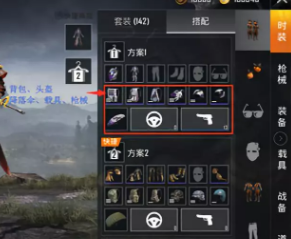how can i buy digital currency Top snippets
In Europe and America, many schools attach importance to teaching in small classes, and it is more common to control the class size to about 15 students. In the United States, for example, some high-quality primary and secondary schools and private universities often adopt small class teaching mode. According to the data of American educational research institutions, in the small class teaching environment (15-20 students in each class), students' academic performance has been significantly improved in reading, mathematics and other disciplines. For example, in reading, the average improvement rate of reading ability of small class students is about 20% higher than that of large class students. This is because teachers can adjust teaching strategies more accurately according to each student's reading level in small classes.Japan and South Korea also have experience in class size control. Japanese school education emphasizes refined training, and the class size is generally small. In a class of 15 students, teachers can pay close attention to students' psychological state and learning progress. Japanese educational circles believe that a small class size helps to create a good teacher-student relationship, which has a positive impact on students' physical and mental health and learning motivation. According to the survey, in small class teaching in Japan, students' participation in class has increased by nearly 30% compared with that in large class.This class size is also convenient to carry out inquiry learning. Every student has more opportunities to participate in discussions and experiments, and it is no longer a few students who dominate classroom interaction. In science class, 15 students can be divided into several groups to carry out experimental exploration, and each student can operate the instrument, observe the experimental phenomena and put forward his own opinions. This is helpful to improve students' scientific inquiry ability and innovative thinking ability.
2. Japan and South Korea casesI. Successful experiences of Europe, America, Japan and South KoreaIn the process of educational reform, Korean schools are gradually developing into small classes. South Korea's education pays attention to cultivating students' comprehensive quality. In a class of 15 students, teachers can better organize diversified teaching activities. For example, group project-based learning is carried out, so that each student can give full play to his own advantages in the project and cultivate teamwork spirit and the ability to solve practical problems. At the same time, the Korean education department found that small-class teaching helps to reduce the academic pressure gap between students and promote educational equity.
2. The change of social concept and educational conceptThird, the implementation challenges and coping strategies
Strategy guide
Strategy guide
Strategy guide 12-14
Strategy guide 12-14


































